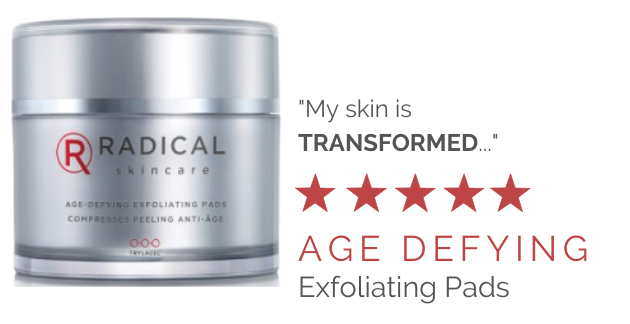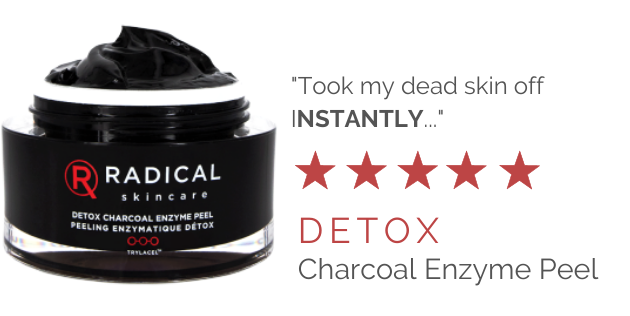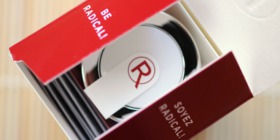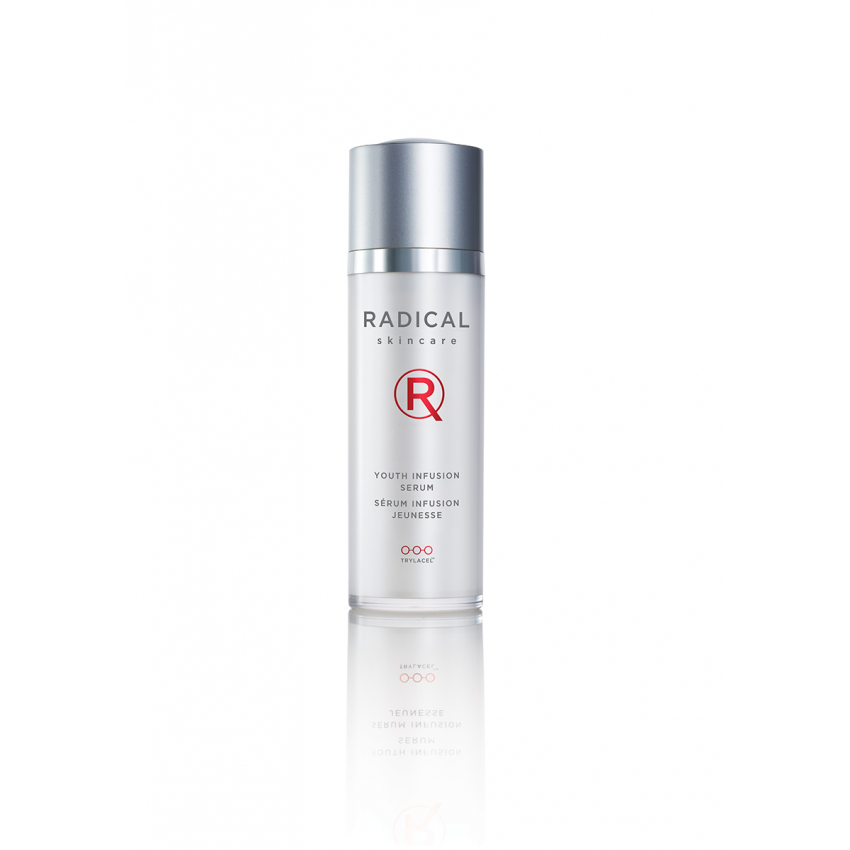Exfoliation: A “Breakdown”
Last week, we broke down the true role that skin plays in protecting us from the outside elements. We also briefly touched on the cell life cycle. Generally cells live, die, and shed within a span of around 30 days. Unfortunately, this process slows down with age. So as you grow older, your body is going to need a helping hand in shedding dead skin!
According to the American Academy of Dermatology, exfoliation is “the process of removing dead skin cells from the outer layer of your skin.” There are two main forms of exfoliation: manual and chemical.
What is manual exfoliation?
Manual exfoliation typically involves some form of abrasive substance physically rubbed on the skin to remove excess dead skin (think of a something like a loofah). Other physical exfoliant ingredients include the use almond meal, corn meal, or ground oats. People with sensitive skin should stay away from manual exfoliation.
What should I avoid?
Manual exfoliation removes dead skin in a very rough manner. If done incorrectly, it can lead to redness, irritation, and actually increase the chance of an acne breakout. Large exfoliants (such as fruit pits and nut shells) can even cause micro-tears in the skin because they are too jagged!
It is also noteworthy to avoid products that are labeled to contain “microbeads.” They “are small pieces of plastic added to some health and beauty products, such as toothpastes and facial scrubs” according to the National Oceanic and Atmospheric Administration. Any time we can avoid close, physical contact to plastic we should! Plus, they are never broken down and can clog our water systems!
It is very important to be mindful of your skin type when choosing to exfoliate manually. Those with sensitive skin should avoid it altogether.
Evidence even suggests that a shower loofah and other physical exfoliation tools can double as reservoirs for harmful bacteria such as e. coli…yuck!
What is Chemical Exfoliation?
Chemical exfoliation is a newer and more involved process. It uses chemicals (duh!) to gently break down dead skin and aid in cell turnover.
What should I be looking for?
- Alpha Hydroxy Acids (AHAs) – Work by breaking down the substances that “glue” the dead skin cells to the surface and allow it to detach, for simple removal. They are water soluble and cannot penetrate deeply.
- Beta Hydroxy Acids (BHAs) – Unlike AHAs, BHAs are oil-soluble. They have antibacterial and anti-inflammatory properties. They can penetrate and exfoliate much deeper into your pores, breaking down the bonds between cells to aid in cell turnover.
Since these chemicals work to exfoliate on different depths of the skin, it is safe to use both!
Fruit enzymes such as bromelain and papain can also be used to exfoliate the skin, and are much less harsh than chemicals. Radical’s Express Delivery Enzyme Peel utilizes 11 different fruit enzymes to immediately break down surface-level dead skin. The results are truly amazing!
If you are looking to exfoliate on a much deeper level, we recommend using Age-Defying Exfoliating Pads! The exfoliating pads deliver daily exfoliation without irritating the skin. It uses AHA and BHA multi-fruit extracts and gently exfoliates dead skin cells by promoting new cell turnover. Reveal the true radiant skin you have hiding beneath the surface.
A clinical study showed that Radical’s Age-Defying Exfoliating Pads:
- Reduced coarse crow’s feet after 2 weeks of use.
- Removed dead skin cells for a brighter complexion.
- Reduced overall pore size.
- Evened out skin tone.
- Significantly improved skin firmness, texture and elasticity.
- Prepared the skin for better product absorption
Overall, your skin will feel softer, smoother and more youthful!




 Clear
Clear







